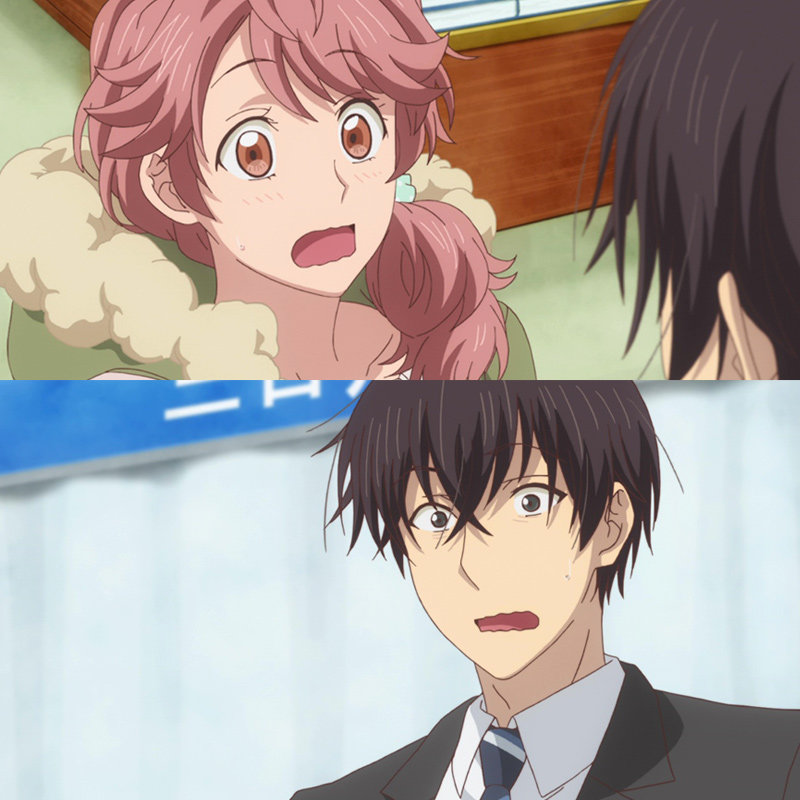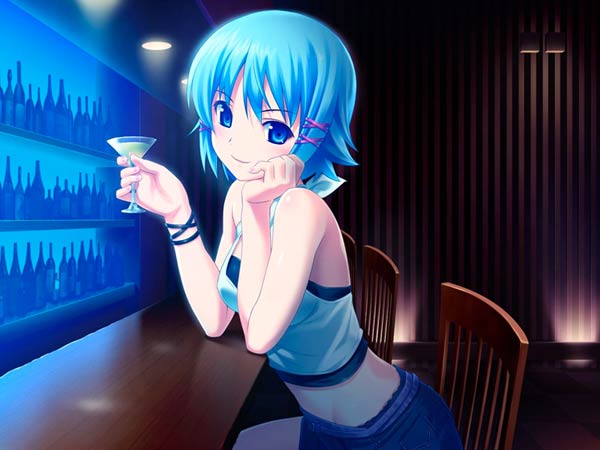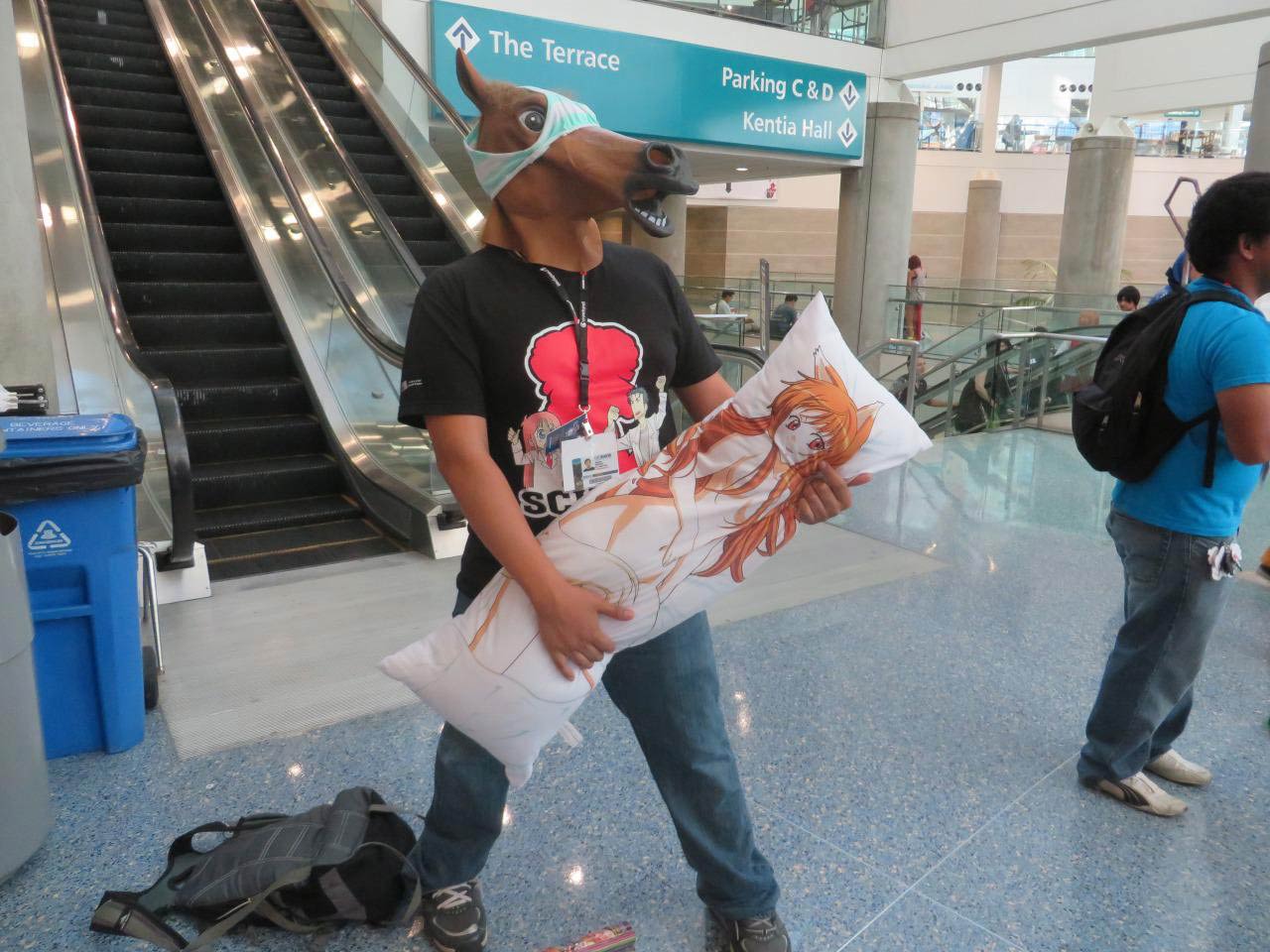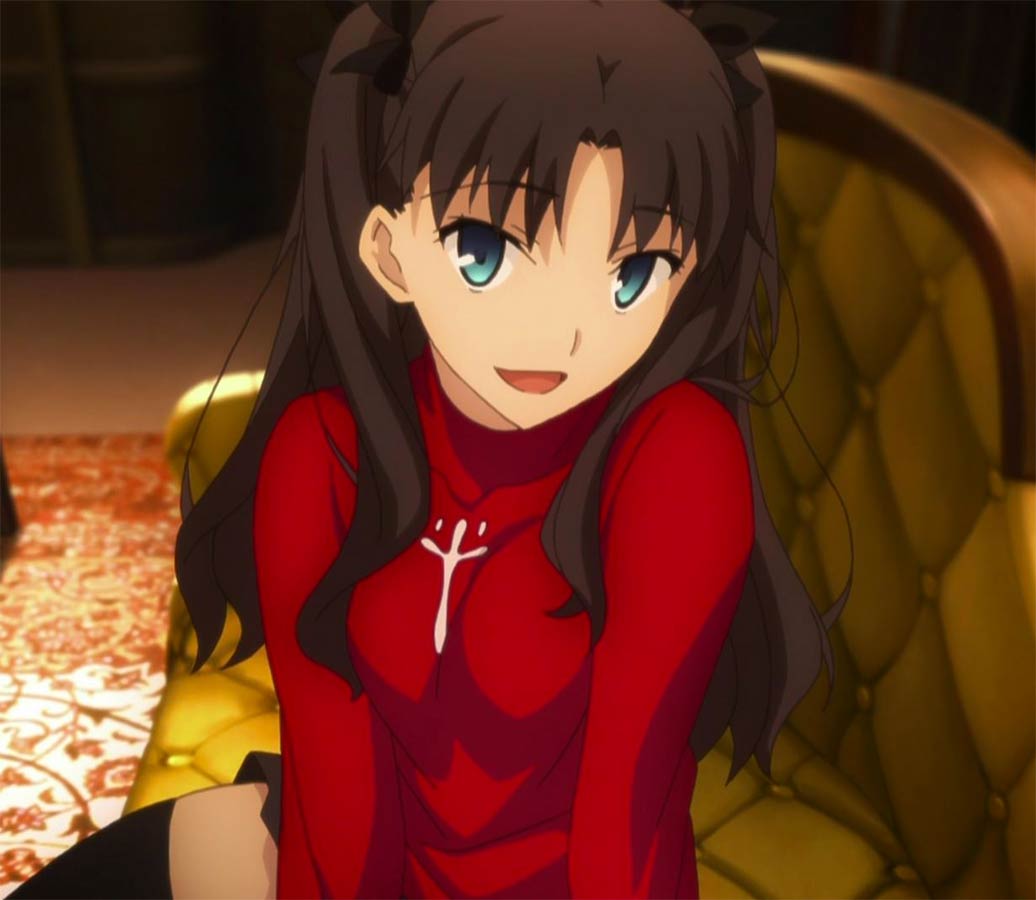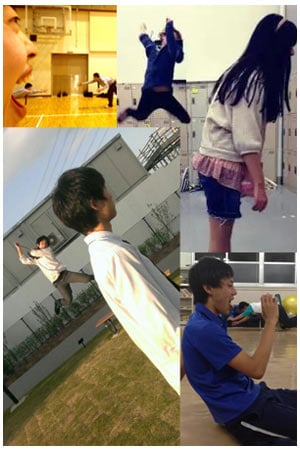One reason I’m thankful to the rise of anime and Japanese pop culture is that it’s exposed so many people around the world to new concepts, from the “vertical” nature of Japanese senpai/kohai (senior/junior in a school or organization) relations to some interesting gender-related surprises, thanks to the extensive Japanese tradition of stories involving males assuming female roles or vice-versa (traps and reverse traps). Appreciating the comedy and/or drama of mixed-up gender roles goes back very far, to the kabuki plays of the Edo Period in which extremely talented male actors would fill female roles, or the Takarazuka Revue, the all-female troupe that’s put on a variety of shows with women expertly playing male roles since 1913. Anime is rife with stories that break gender rules, from the classic Rose of Versailles, which follows Lady Oscar, raised as a boy, throughout the events of the French Revolution, or the Rumiko Takahashi classic Ranma 1/2, about a boy cursed to change into a girl whenever he gets wet, usually with hilarious results. Even the dating-sim games we’ve been involved with have been known to bend a gender or two, such as the X-Change and Yin-Yang series.

Anime opens people to a lot of new ideas.



